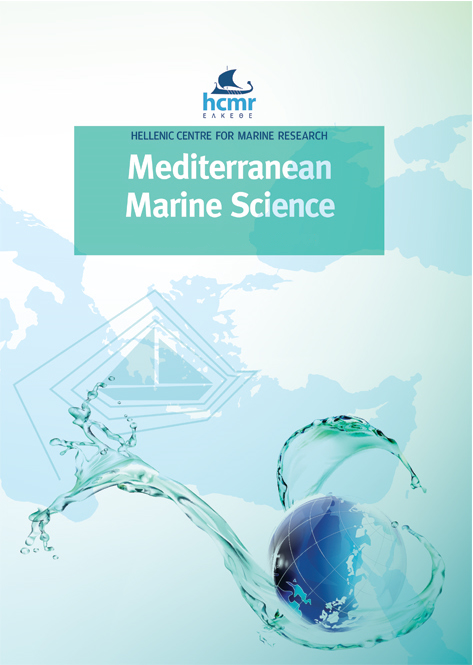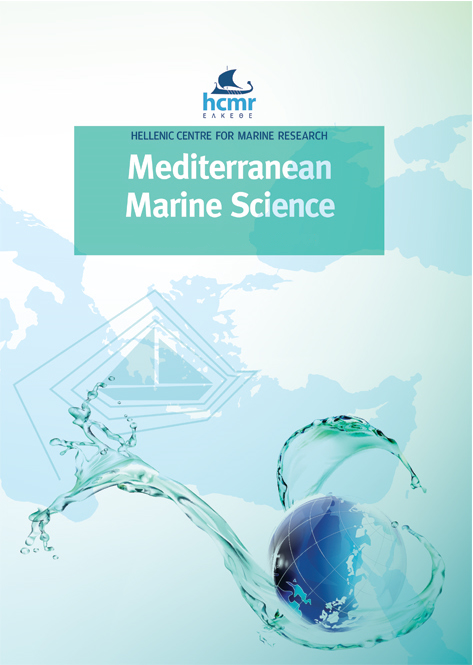Introduced species in Mediterranean marine caves: an increasing but neglected threat
Résumé
Marine caves are protected habitats with high biodiversity and low ecological resilience, vulnerable to multiple pressures including biological invasions. Therefore, comprehensive lists of alien species in sea caves and assessments of their impacts are urgently needed. This study aimed to provide an updated and validated list of introduced species in marine caves of the Mediterranean Sea based on the latest available checklist (2014). The number of introduced species in the updated list (December 2022 status) has doubled in the last eight years. The updated checklist includes 126 species (107 alien, 15 cryptogenic, two crypto-expanding, and two questionable) belonging to 12 phyla. The highest number of introduced species in caves was evidenced in the eastern Mediterranean (105), specifically in the Levantine (99) and the Aegean (34) ecoregions. Most introduced species originated from the Indo-Pacific. Most species entered the Mediterranean Sea through the Suez Canal, followed by species transferred via vessels. Most introduced species were found at the entrance and in the semi-dark zone of caves (60 and 52 species, respectively), with only 19 species being reported from the dark zone. Approximately 28% of the introduced species have a high impact on ecosystems, including nine of the ten worst invasive species in the Mediterranean Sea. Despite the lack of data on the impact of introduced species on marine cave biodiversity, given their high species richness and the recently reported population explosions of some alien fish in the eastern Mediterranean, our results highlight the need for continuous inventorying and monitoring.
Article Details
- Comment citer
-
GEROVASILEIOU, V., BANCILA, R. I., KATSANEVAKIS, S., & ZENETOS, A. (2022). Introduced species in Mediterranean marine caves: an increasing but neglected threat. Mediterranean Marine Science, 23(4), 995–1005. https://doi.org/10.12681/mms.31284
- Rubrique
- Review Article
Authors who publish with this journal agree to the following terms:
- Authors retain copyright and grant the journal right of first publication with the work simultaneously licensed under a Creative Commons Attribution Non-Commercial License that allows others to share the work with an acknowledgement of the work's authorship and initial publication in this journal.
- Authors are able to enter into separate, additional contractual arrangements for the non-exclusive distribution of the journal's published version of the work (e.g. post it to an institutional repository or publish it in a book), with an acknowledgement of its initial publication in this journal.
- Authors are permitted and encouraged to post their work online (preferably in institutional repositories or on their website) prior to and during the submission process, as it can lead to productive exchanges, as well as earlier and greater citation of published work (See The Effect of Open Access).













